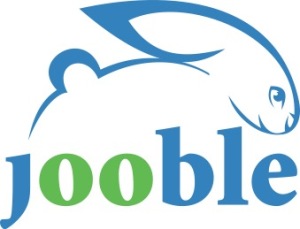In exploiting new data sources, the question as to the importance of this data will arise at one moment or another. Equally, in order to derive maximum benefit from the acquired knowledge, the data item must be linked to a concept, that is to say the object (physical or abstract) that carries it. It must be articulated with the other facets of this object.
The role of semantic modeling is to extract the meaning from the data items, to formalize them as properties of the concept and to place them in a manipulable structure.
Thus, as a tool, semantic modeling cannot be overlooked in order to be able to profit from X-data techniques. In return, X-data influences semantic modeling – if not its procedures, at least its content. Notably:
- assimilating new properties in the semantic model (completing the semantic classes, already identified, with “details” coming from big data), particularly class-level properties (aggregate value, indicators coming from the open data),
- extending the model to new notions (for example, better description of the objects belonging to the enterprise environment, the people, their relationships, their behavior, external events…),
- evolving toward a “style” of model that makes room for behaviors, correlations and anticipations (categories of properties that we can consider to be new or, in any event, rarely used in classical modeling), with considerable enrichment of the state machines and state change propagation.
Praxeme urges the modeler not to reduce the business knowledge to that of data. The choice of the term “semantic” instead of “conceptual” results from this position, the latter strongly evoking the conceptual data model whereas the semantic model takes care of the concept as a whole, in its three facets reconciled in the unity of the class: information, action and transformation.






